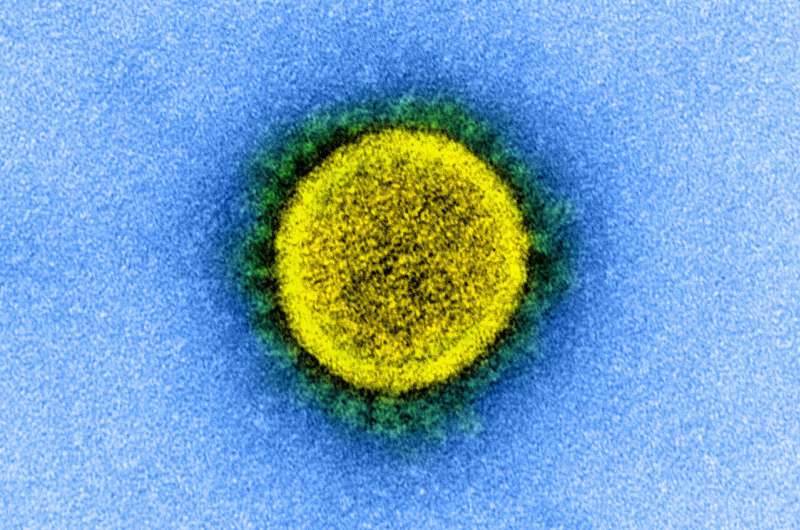
Next generation vaccines for COVID-19 should aim to induce an immune response against ‘replication proteins’, essential for the very earliest stages of the viral cycle, concludes new research carried out by UCL scientists.
By designing vaccines that activate immune memory cells, known as T cells, to attack infected cells expressing this part of the virus’s internal machinery, it may be possible to eliminate SARS-CoV-2 at the very outset, thereby helping stop its spread.
This approach could complement currently licensed COVID-19 vaccines in the UK, which only trigger immune responses to the spike protein that protrudes from the outside of the virus.
Researchers say the discovery, published in Nature, could lead to the creation of a pan-coronaviruses vaccine, that not only protects against SARS-CoV-2 and its variants, but also against coronaviruses that cause common colds, and to new emerging animal coronaviruses.
Senior author Professor Mala Maini (UCL Infection & Immunity) said: “Our research shows that individuals who naturally resisted detectable SARS-CoV-2 infection generated memory T cells that target infected cells expressing the replication proteins, part of the virus’s internal machinery.
“These proteins—required for the earliest stage of the virus’s life cycle, as soon as it enters a cell—are common to all coronaviruses and remain ‘highly conserved’, so are unlikely to change or mutate.
“A vaccine that can induce T cells to recognize and target infected cells expressing these proteins, essential to the virus’s success, would be more effective at eliminating early SARS-CoV-2, and may have the added benefit that they also recognize other coronaviruses that currently infect humans or that could in the future.”
Researchers say next generation vaccines could be developed to induce both memory T cells to target replication proteins and antibodies to target the spike protein.
Professor Maini added: “T cells recognizing the virus’ replication machinery would provide an additional layer of protection to that provided by the spike-focused immunity that is generated by the already highly efficacious current vaccines.
“This dual-action vaccine would provide more flexibility against mutations, and because T cells can be incredibly long-lived, could also provide longer-lasting immunity. By expanding pre-existing T cells, such vaccines could help to stop the virus in its tracks at a very early stage.”
Discovering the T cell response to replication proteins
This fundamental science discovery is borne from a UCL and St Bartholomew’s Hospital-led observational study, COVIDsortium, which analysed the immune responses in a large cohort of London-based healthcare workers from the very start of the first UK pandemic wave.
In a subset of healthcare workers, who showed no sign of SARS-CoV-2 infection (repeatedly testing negative by PCR and antibody tests) there was, however, an increase in T cells.
Rather than having avoided infection completely, a subset of healthcare workers appear to have experienced a transient low-level (abortive) infection, not detectable by routine tests, but which generated T cells specific to SARS-CoV-2; compatible with this, the same individuals also had a low-level increase in another blood marker of viral infection.
Lead author, Dr. Leo Swadling (UCL Infection & Immunity), said: “We know that some individuals remain uninfected despite having likely exposure to the virus. What we didn’t know is whether these individuals really did manage to completely avoid the virus or whether they naturally cleared the virus before it was detectable by routine tests.
“By intensively monitoring health care workers for signs of infection and immune responses, we identified a minority with this particular SARS-CoV-2 specific T cell response.
“What is really informative is that the T cells detected in these individuals, where the virus failed to establish a successful infection, preferentially target different regions of the virus to those seen after infection.”
Why might some individuals be able to clear an infection better than others?
Commenting, Dr. Swadling said: “It could be due to the infection history of these individuals. The health care workers that were able to control the virus before it was detectable were more likely to have these T cells that recognize the internal machinery before the start of the pandemic. These pre-existing T cells are poised ready to recognize SARS-CoV-2.”
Where do these pre-existing T cells come from?
Source: Read Full Article
